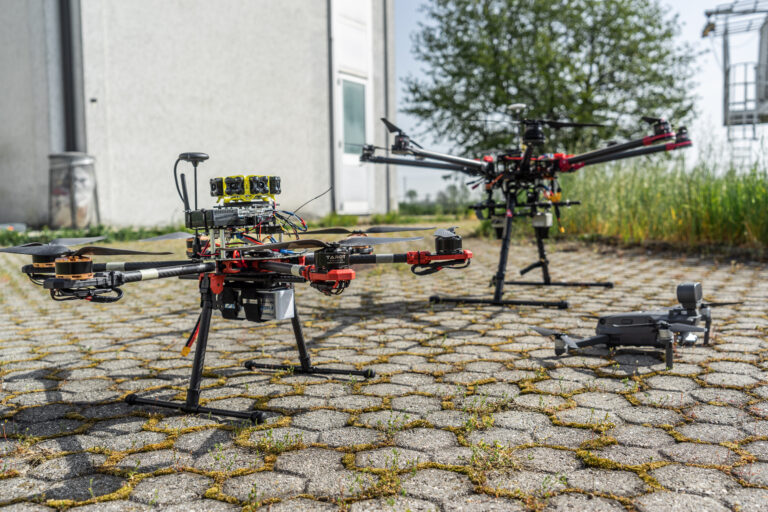Autonomous Drones for Civil Applications
Unmanned Aerial Vehicles (UAVs), also known as drones, have been adopted as tools in several sectors in the last decades. In agriculture, they are used to distribute pesticides and fertilizers precisely; they aid firefighers in wildfire management, and also help technicians and inspectors during the construction and maintenance phases of a building’s life cycle. Their low cost and ease of use make them versatile flying platforms for a wide array of sensors, including both RGB and thermal cameras.
Their ability of moving freely in 3D space allows them to do the work of human operators more quickly and safely, and even extend their range of operation to previously unreachable areas.

Today, drones are normally flown by human pilots, but autonomous operation promises to further reduce time and costs of all the tasks they can perform.
In the field of Autonomous Drones and their civil applications, the SAS-Lab focuses on the following research topics:
- Physics-based mathematical modeling;
- Software and Hardware-in-the-Loop simulations;
- Sensor fusion;
- Development of tethered aircraft systems with virtually unlimited flight time;
- Vision-based modal analysis of infrastructure;
- Vision-based energy assessment of infrastructure;
- High-level robust path planning for drone swarms;
- Safe autonomous navigation in unknown environments.

